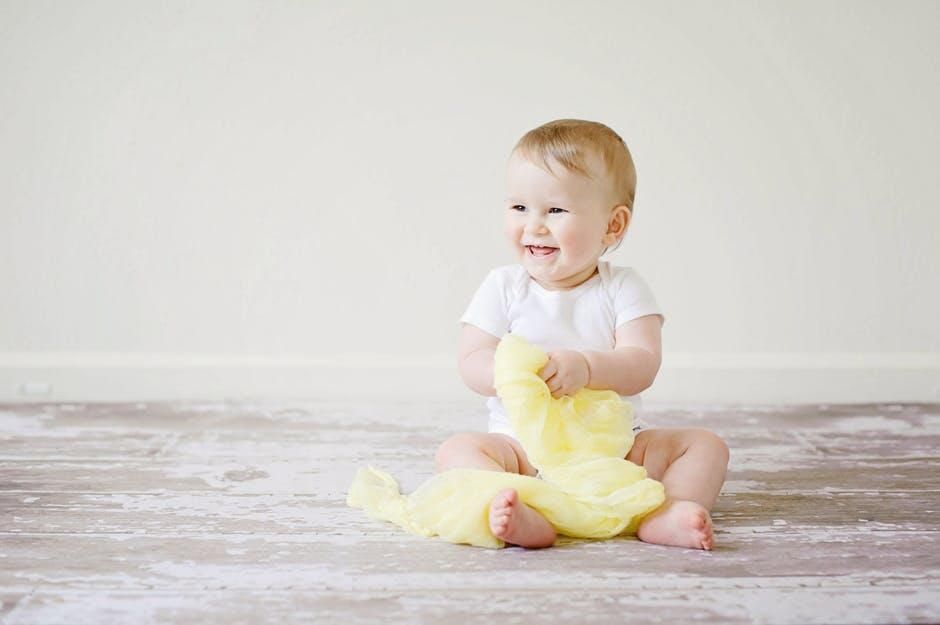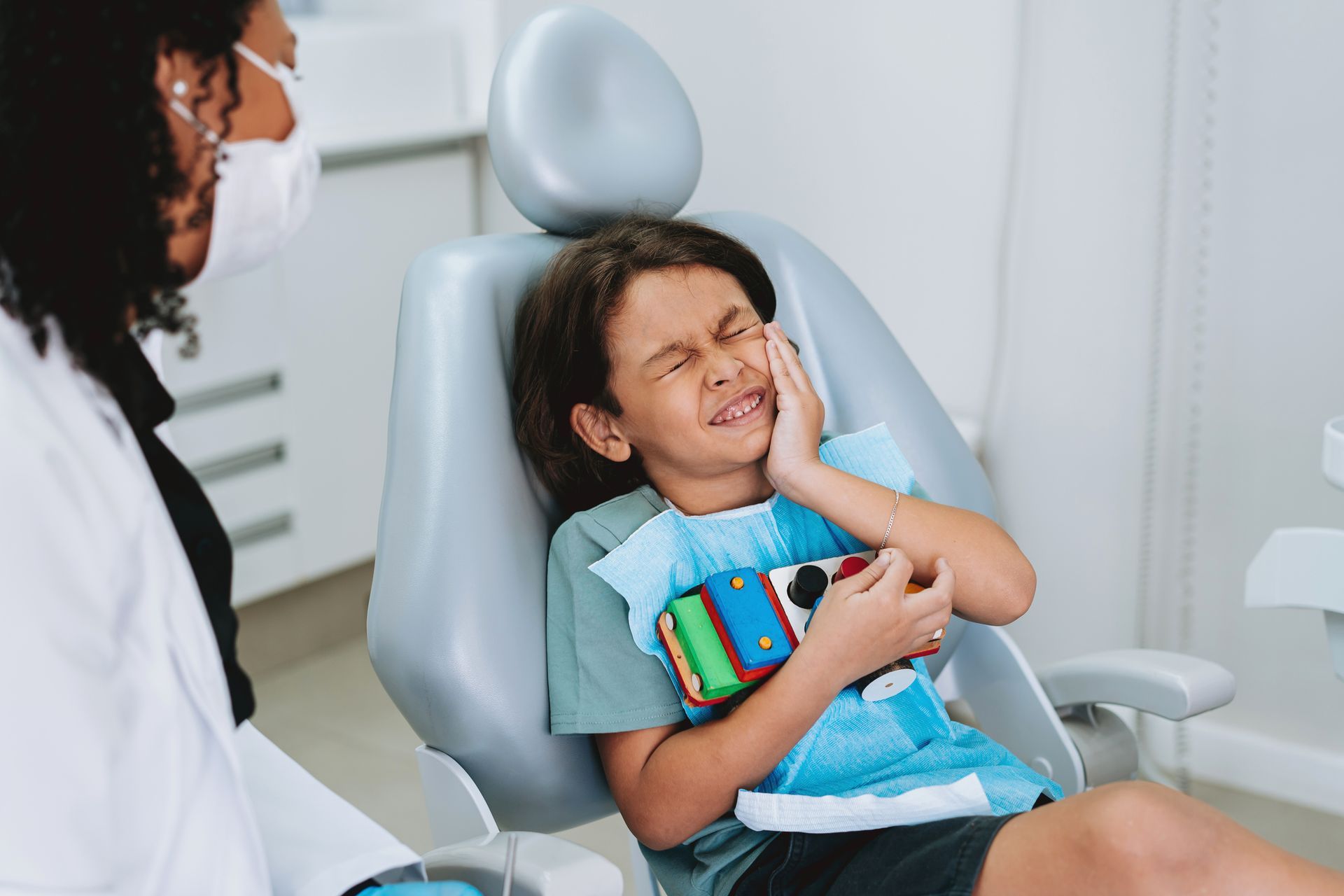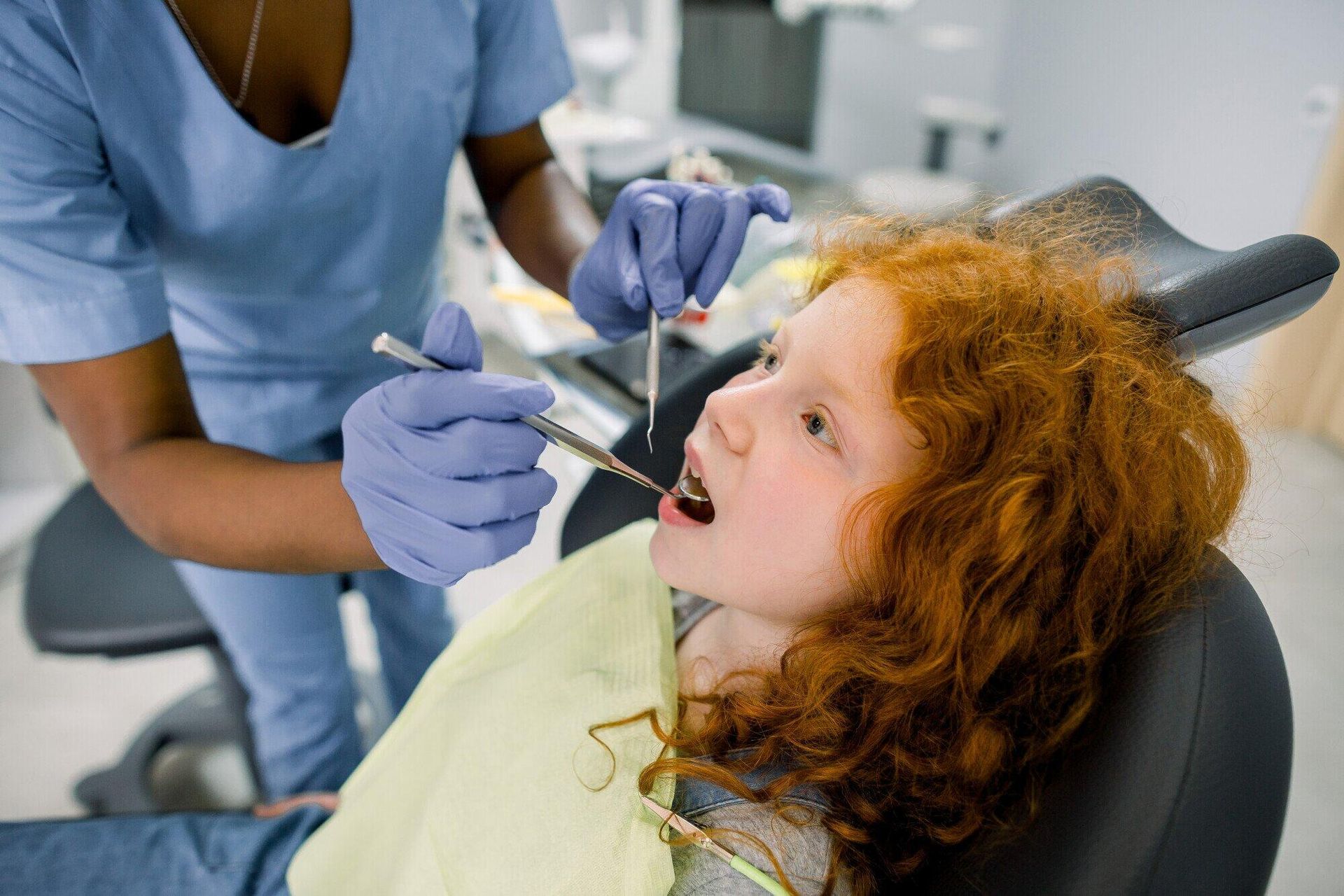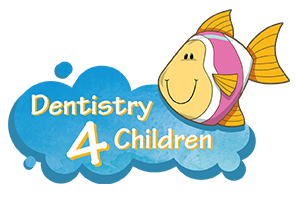Guide to Cosmetic Dentistry: What Is Dental Bonding?
Dental bonding is a beneficial treatment that can help improve and enhance your smile. In this guide to cosmetic dentistry, learn more about what dental bonding is.
Did you know researchers have found a link between genuine smiling and longer life? And the more intense the smile, the more positive its effects could be on one's longevity. It may also boost immunity and moods and lower stress and blood pressure.
Unfortunately, many Americans still avoid smiling because of the state of their teeth. Indeed, 1 in 4 surveyed adults in the U.S. cited their teeth and mouth condition as the reason they don't smile. One in five even admitted to experiencing anxiety due to the state of their oral health.
Fortunately, cosmetic dentistry procedures can help correct teeth imperfections and improve smiles. A perfect example is dental bonding; best of all, it's affordable and quick to perform.
We'll tell you all the crucial details you need to know about dental bonding, so please read on.
What Is Dental Bonding For?
Your dentist in Friendswood, TX, can repair teeth with dental bonding material. For example, they can use this strong, versatile, tooth-colored resin to fix a chipped tooth. They can do the same for minor cracks on the surfaces of the teeth.
Your dentist can also fill spaces between the teeth with tooth-bonding material. According to research, these spaces, called diastemas, have a prevalence rate of between 3.7% and 36.8%. Many adults who have them also find them unappealing.
Another excellent use for dental bonding is to hide tooth discolorations. It's an ideal solution for camouflaging stubborn stains that teeth whitening can't fix. It's also an alternative to more complex cosmetic dentistry services like veneers.
If you have a tooth shorter than the rest, dental bonding may be able to fix it, too. In this case, your dentist can use tooth-colored resin to extend its length. This makes your shorter tooth appear even and balanced with the rest of your pearly whites.
Is Dental Bonding Purely Cosmetic Dentistry?
It can be purely cosmetic in cases involving hiding badly stained teeth. However, it can also be restorative or preventive in many other instances.
Suppose one of your or your little one's teeth gets chipped or cracked accidentally. These damages are some of the most common pediatric dental emergencies.
A dentist can use dental bonding to restore the tooth, provided the damage is only minor.
Please don't delay visiting a dentist, regardless of the size of the tooth chip or crack. One reason is that, if left untreated, it can worsen and weaken the affected tooth. It can also allow bacteria to invade the tooth, giving rise to dental cavities.
From there, the bacteria that cause tooth decay can also cause pain, bad breath, and gum disease. The longer they stay in the tooth, the more damage they can wreak. This can lead to the tooth becoming so decayed that a dentist may need to pull it out.
In the above scenario, dental bonding can be a preventive measure against more damage. Since it can fix minor tooth chips and cracks, it can protect the tooth from harmful bacteria. This makes the restored tooth less likely to develop cavities.
What Are the Advantages of Dental Bonding?
Dental bonding is one of the most affordable cosmetic dentistry services. This is especially true compared to dental veneers or crowns. It's also less invasive and quick: your dentist can accomplish it in as little as 30 to 60 minutes.
Since dental bonding is affordable, it can motivate patients to seek treatment ASAP. This is especially vital in cases of tooth damage where bacteria can invade the tooth. And even if it's for cosmetic dentistry, it still means you can smile confidently sooner.
Tooth bonding is a safe cosmetic dentistry procedure for old and young patients. Moreover, it's typically painless, as the dentist only works on the tooth's surface. It may only cause discomfort if the procedure involves cavity repair.
As a cosmetic dentistry service, dental bonding may help boost self-confidence. This smile enhancement procedure can fix flaws people may feel embarrassed about.
Since dental bonding can make the teeth look better, it gives you more reasons to smile. This can be good not only for your self-confidence but also for your overall health.
How Does a Teeth Bonding Procedure Go?
The first thing your dentist will do is to thoroughly clean and examine your entire mouth. Cleaning is crucial, as plaque and debris can camouflage cracks and crevices on the teeth.
Your dentist then looks closely at the teeth to determine their problem areas.
For more complex issues, your dentist may recommend other cosmetic dentistry services. For example, they may advise you to get veneers if you have more than one badly stained tooth. They may also recommend dental crowns for more significant tooth damage.
If you only have minor tooth chips or cracks, your dentist will recommend dental bonding. They may do the same for a narrower diastema.
If you agree to dental bonding, your dentist will assess the shade of your natural teeth. This lets them choose the correct resin color that matches the rest of your smile.
Next, the dentist prepares the tooth and applies a conditioning liquid to its surface. These steps help the dental bonding material adhere better to the tooth surface.
The resin then gets molded, applied, and smoothed onto the tooth. A dental curing light aids in the speedy hardening and bonding of the material to the tooth.
Finally, the dentist trims and polishes the now-treated tooth. This helps ensure the treated tooth is as glossy as the rest.
Give Your Teeth a Makeover With Dental Bonding
Dental bonding, while often considered a cosmetic dentistry service, is more than that. It can make the difference between a healthy and a decayed tooth. It can also help raise self-confidence, which is vital to mental wellness.
All that should be enough reason to go for dental bonding and enjoy a healthier, more glorious smile.
Are you ready to give your teeth a makeover? Then, the Dentistry 4 Children and Bay Area Dental Specialists team is happy to help! Contact us today to learn more about our cosmetic dentistry services.















